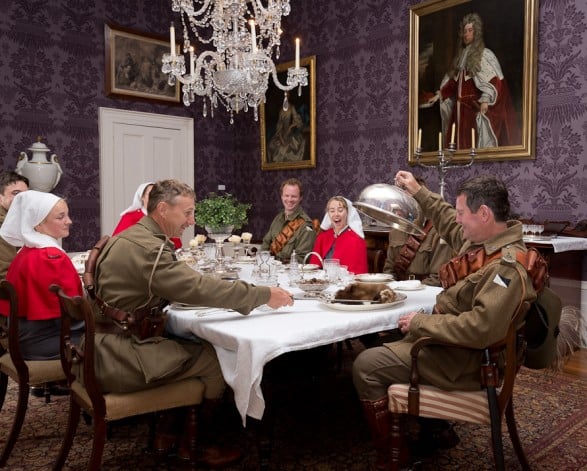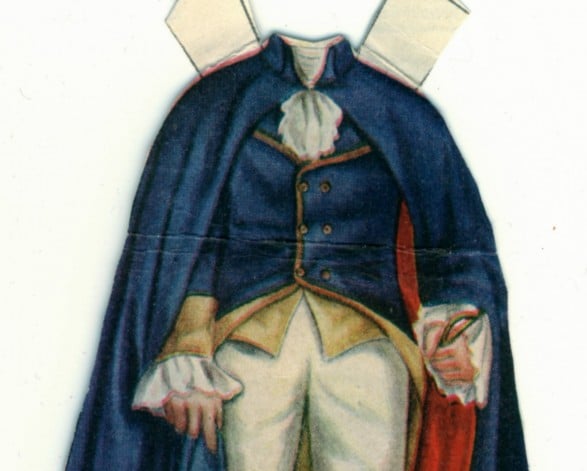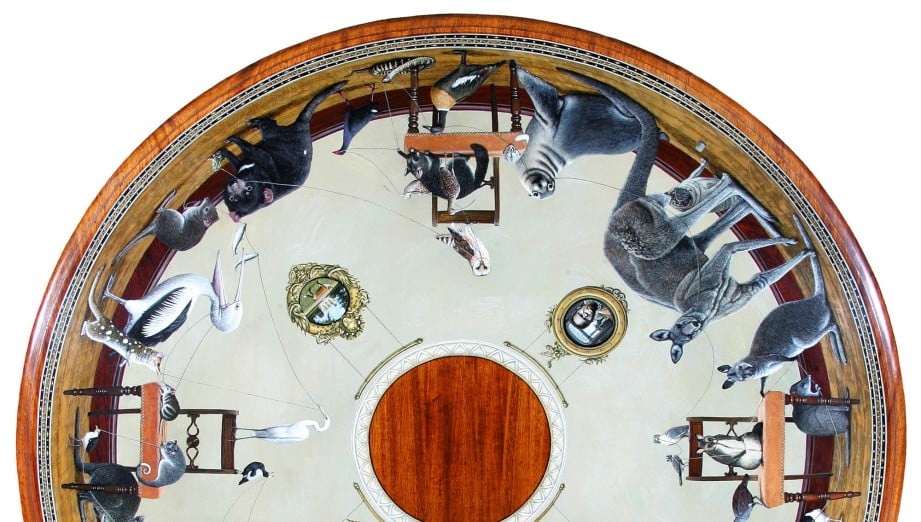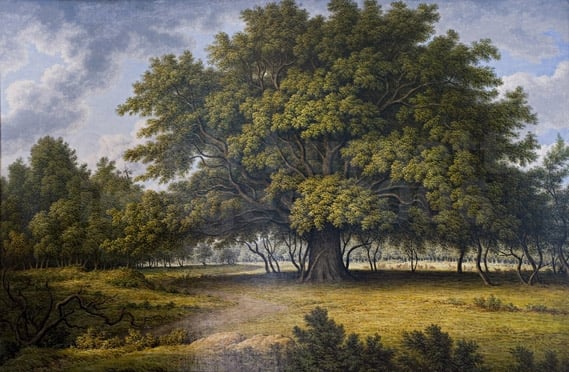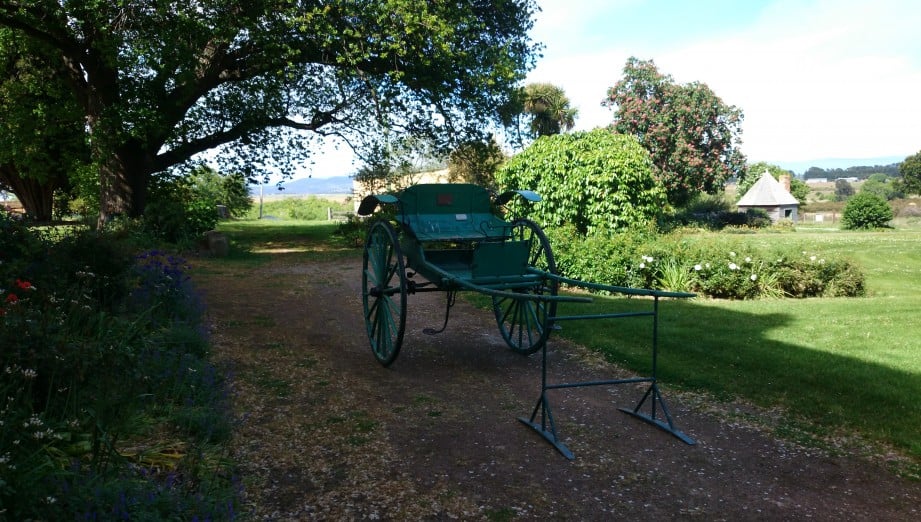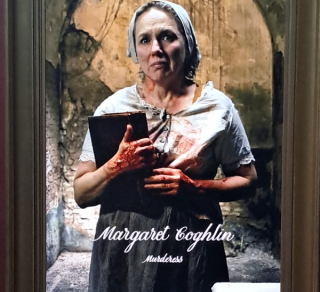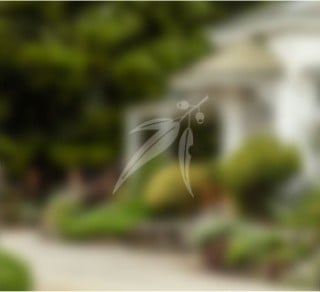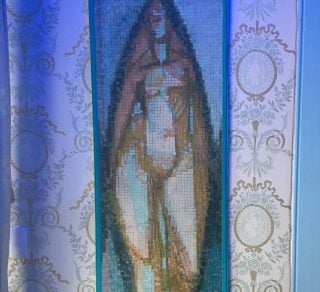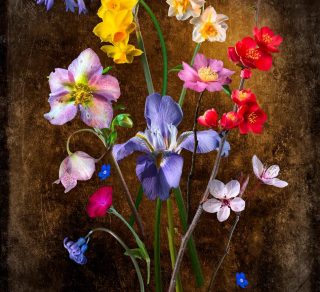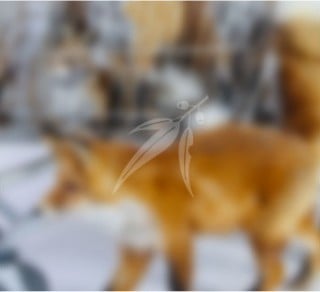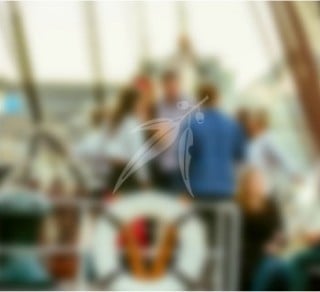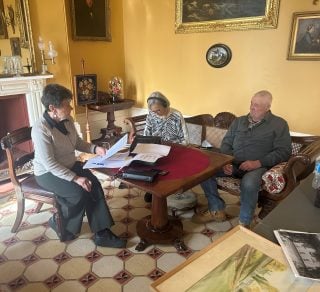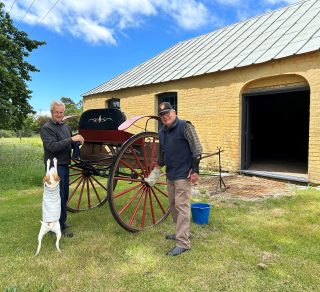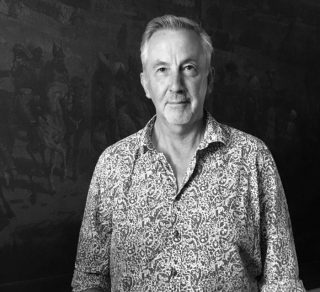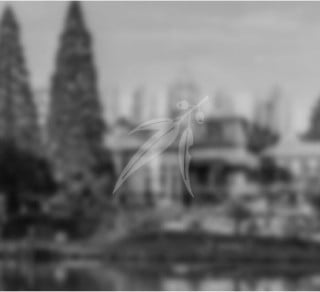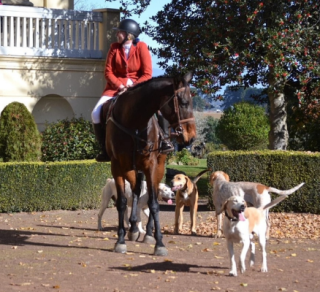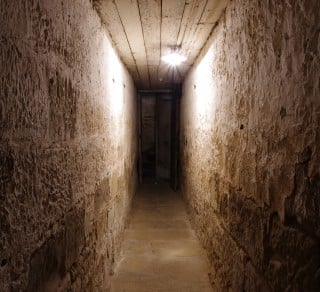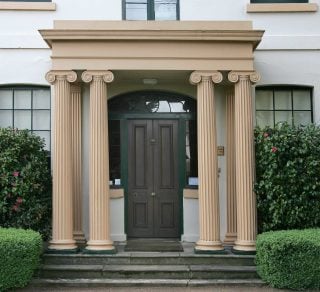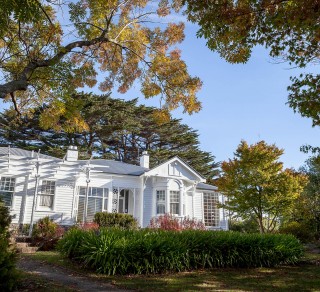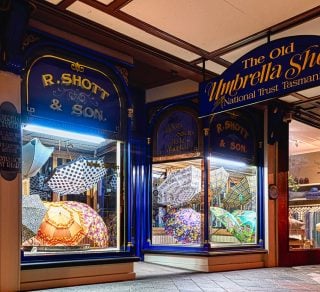Australia’s most impressive and enigmatic country house surviving with original outbuildings, gardens and river frontage.
Clarendon is one of Australia’s most imposing and romantic pastoral homesteads. The house, attributed to convict architect, James Blackburn, features a double storey portico reminiscent of the mansions of the American South. Clarendon was built in 1838 by James Cox, wool grower and merchant, and son of William Cox, who had built the road over the Blue Mountains in NSW in 1815. Set in seven hectares of riverside parklands, the house retains its service wing, walled garden, impressive rural outbuildings, convict quarters and rare elm avenue. Furnished to the 1838-1850 period, the house also features changing exhibitions of historic fashion from the 1830’s to 1960.
Visitors can access a range of AR digital content via their smartphones that adds a contemporary edge to this attraction. This has been created as part of the ReAssign project that links historic Tasmanian Northern Midlands properties – Clarendon, Woolmers and Brickendon World Heritage Sites, Glover Country (colonial artist, John Glover’s house, open on occasion) and the Clarendon Arms hotel / restaurant in Evandale.
Also on site, the Australian Fly Fishing Museum celebrates the history of this recreational sport with displays of fishing equipment, art and artefacts. Located on the banks of the South Esk River, it is a venue for fly fishers to gather and learn the techniques of fly casting, fly fishing, fishing etiquette, ecology, aquatic insects and history. It is a fitting addition to the Clarendon experience, as the first trout were brought to Tasmania by James Youl in 1864. Youl was the husband of Eliza Cox, niece of James Cox, the builder of Clarendon.
Clarendon is a location for photographers and filmmakers. It is an ideal wedding venue and the perfect spot for a leisurely family picnic.
Garden: Clarendon survives in its original rural, parklike setting with elm avenue and walled garden (former kitchen garden) and access to the South Esk River.
The Australian Fly Fishing Museum at Clarendon
The Australian Fly Fishing Museum celebrates the history of this recreational sport with displays of fishing equipment, art and artefacts. Located on the banks of the South Esk River, it is a venue for fly fishers to gather and learn the techniques of fly casting, fly fishing, fishing etiquette, ecology, aquatic insects and history. It is a fitting addition to the Clarendon experience, as the first trout were brought to Tasmania by James Youl in 1864. Youl was the husband of Eliza Cox, niece of James Cox, the builder of Clarendon.











